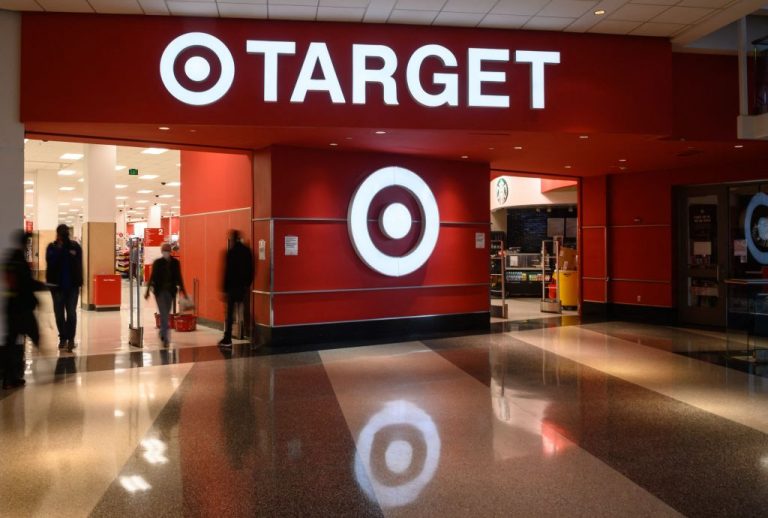Retailer Target announced it would raise the minimum wage for some workers from $15 to $24 per hour to counter inflation and compete in an increasingly tightening labor market.
Target, which employs some 350,000 employees in roughly 1,900 stores in the United States, said it would invest as much as an additional $300 million in its workforce in the coming year.
READ MORE:
- Budget Effect Studies Show $15 Minimum Wage Boost not Necessarily Boon for Workers
- Workers United Starbucks NLRB Complaints Underscore Red Hues of Unionization Movement
- Tips on Tipping – Who, When and How Much
The Minneapolis-based discount retailer also announced an extension of its healthcare coverage for team members in an announcement on Feb. 28.
The statement clarified that the raise applies to “hourly team members working in Target stores, supply chain facilities and headquarters locations,” and that “the exact starting wage within the range will depend on the job and the local market, with market-level wages set by the retailer based on industry benchmarking, local wage data and more.”
What experts say
Success
You are now signed up for our newsletter
Success
Check your email to complete sign up
“I think what companies are trying really hard to do is stabilize how much they are paying per box for labor so they can meet the needs of [Wall Street],” Andrew Gadomski, a managing director at Aspen Analytics who works with employers hiring large numbers of workers, told the Wall Street Journal.
Gadomski said large retailers are spending more on wages because they want to keep labor costs predictable, retain customers and personnel as the cost of living continues to rise due to inflation, and keep shops fully stuffed and staffed.
As an essential business, Target recovered well from the Coronavirus Disease 2019 (COVID-19) crisis and saw its profits and sales growth rising throughout 2021, with net earnings rising to more than 33.1 percent compared to the previous year.
Target will also extend its healthcare benefits to roughly 20 percent—amounting to tens of thousands—of its employees starting in April by lowering the qualifying bar from 30 to 25 hours per week for store workers to enter the Target medical plan.
Other companies
According to data from the Labor Department, in general, employers paid about 4 percent more on labor costs in the fourth quarter of the fiscal year compared to the same period in the previous year. Analysts predict staffers will profit from yearly pay raises for the coming two years.
Starbucks claimed a profit of $816 million in its fiscal first quarter, a 31 percent gain year over year. The chain said that efforts last year, combined with two other recent wage increases to raise the average U.S. employee pay to $17 an hour, would cost roughly $1 billion.
While supply chain costs and increasing wages weighed on profits, price growth in the company’s North American bars helped buoy its margins during the quarter, WSJ reported.
Costco CFO Richard Galanti also announced a wage increase for store workers to $17.50 starting in March. Some hourly workers, such as supply chain workers, may expect a starting wage as high as $28.50.
Amazon reported an average hourly wage of approximately $18 and a baseline starting salary of $15 per hour.
Last September, Walmart announced it would raise starting pay to a minimum of $12 per hour and a high of $26 for store employees, while supply chain workers may expect to start at up to $28, a spokeswoman told the Journal.
















